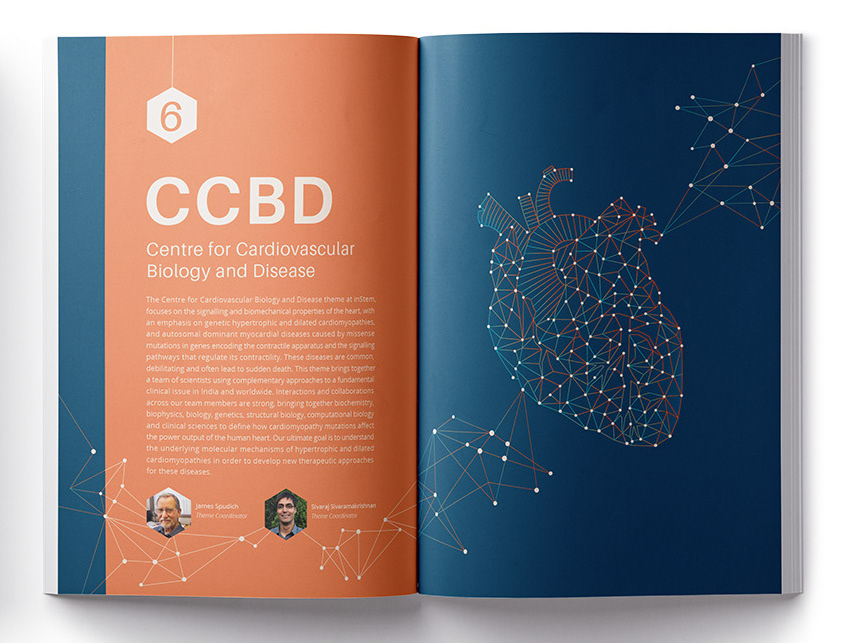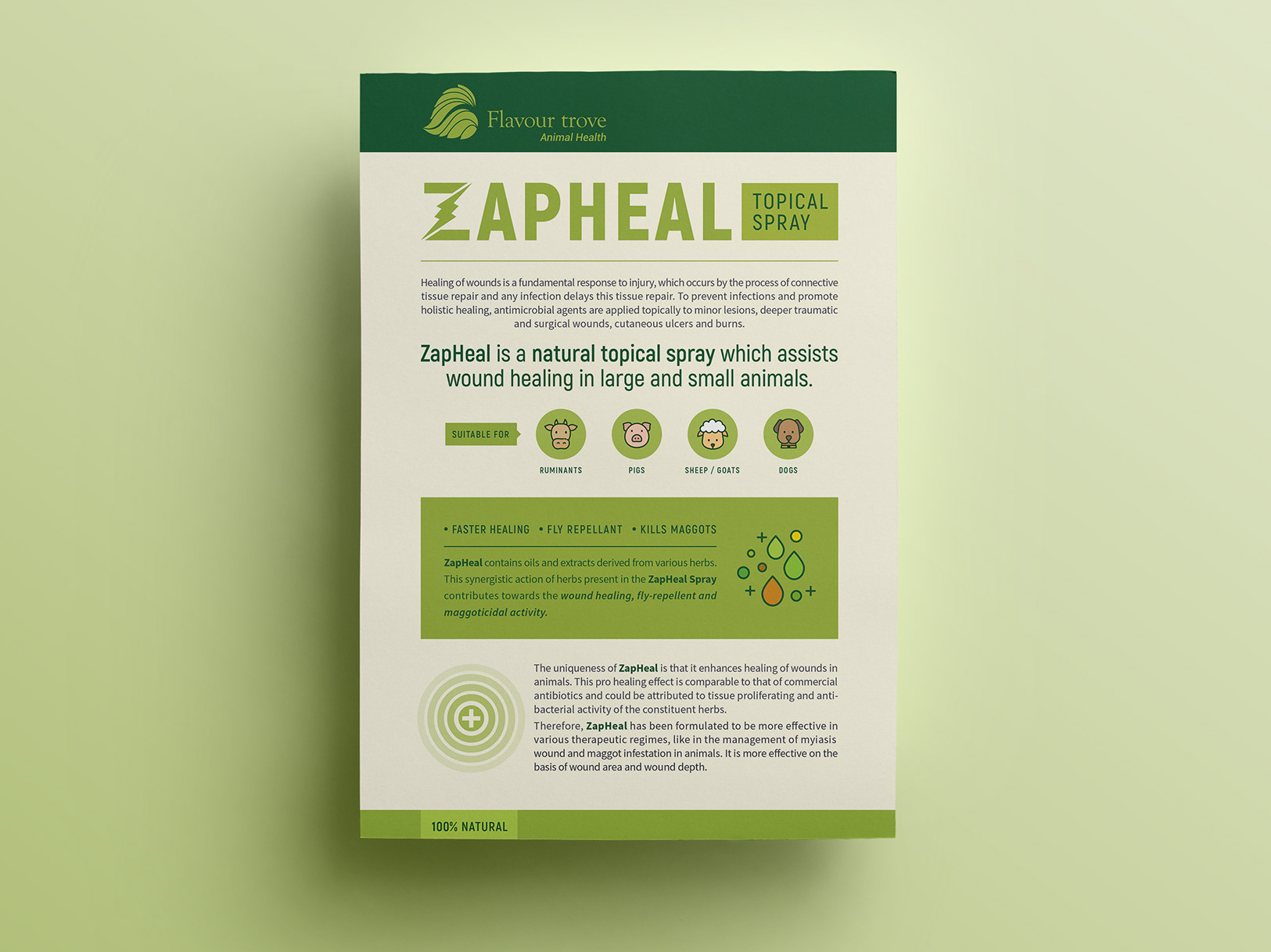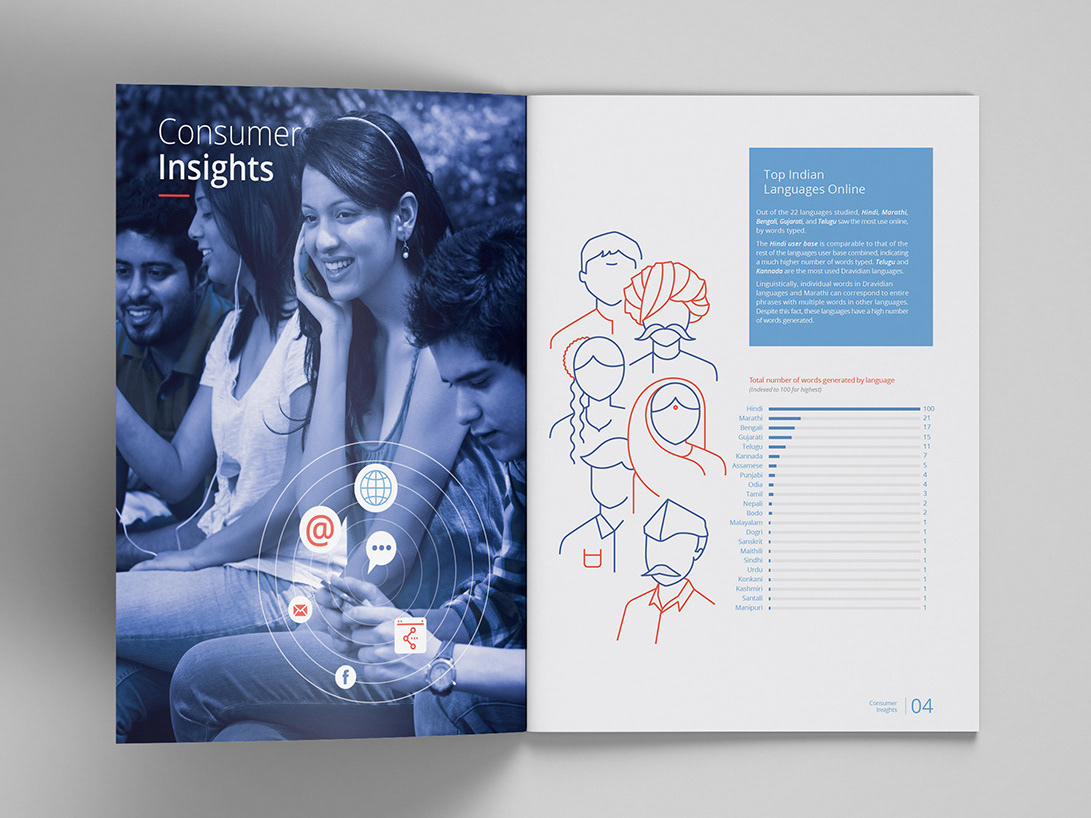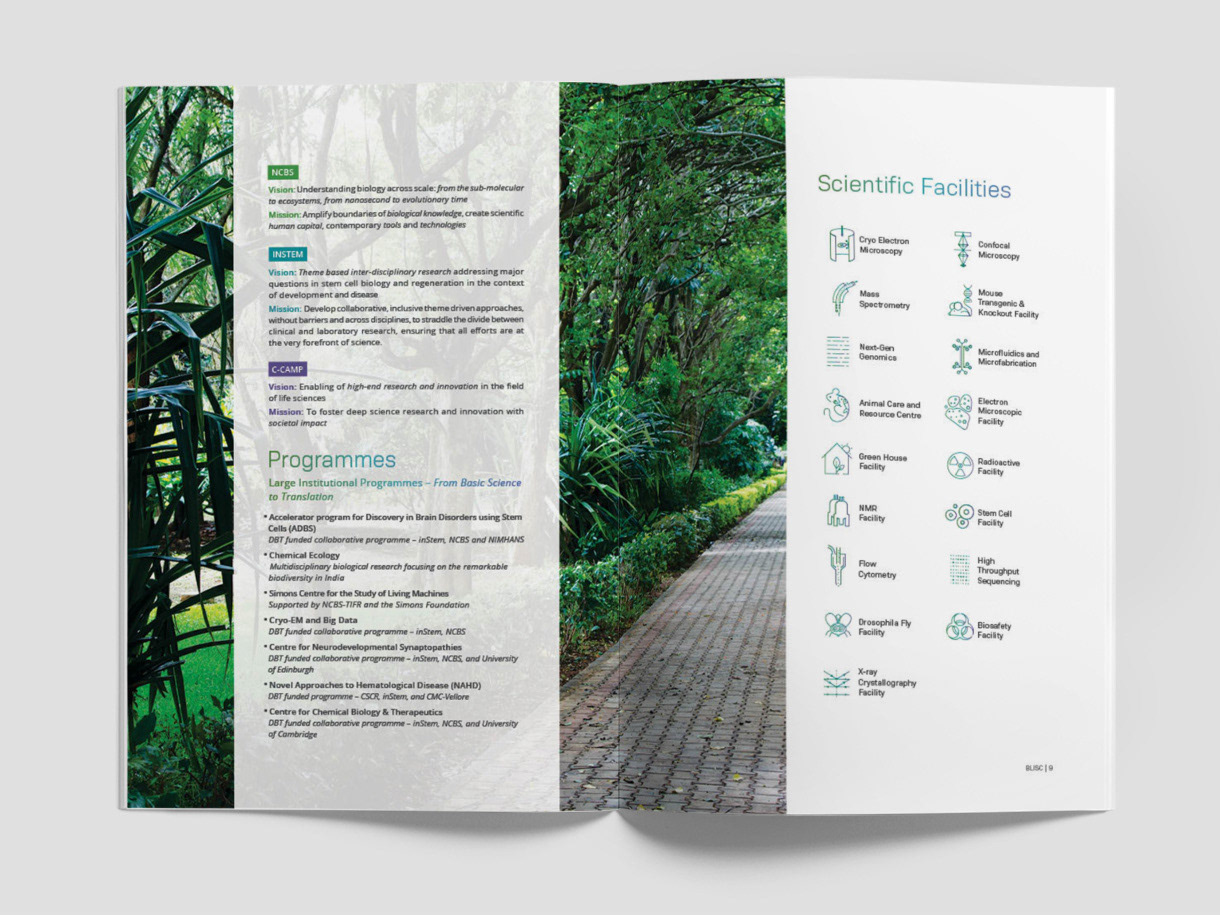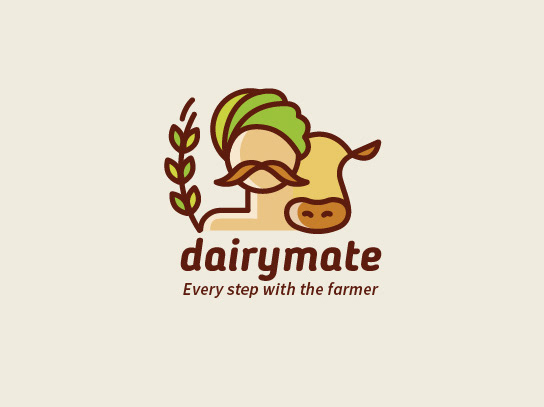BANGALORE LIFE SCIENCE CLUSTER
Bangalore Life Science Cluster (BLiSC) is a unique hub of excellence in biological research in India. The creation of the Cluster aims at developing best practices for inter-institutional collaborations in India. Nucleated by the National Centre for Biological Sciences (NCBS), BLiSC includes two other research institutions in Bangalore – inStem and C-CAMP.
While the cluster’s overall goal is to device new therapies, medical procedures and diagnostics for the improvement of geneal public’s health, the idea of the Cluster stems from the passion for Science of the people involved. BLiSC is envisioned to be an ever-growing entity and it plans to connect and collaborate with many more institutions and organizations on its journey.
Stephen Wolfram & Rule 30
The BLiSC logo is derived from the patterns found on cone snails, one of the most fascinating species of aquatic snails. The pigmentation patterns of shells in the genus Conus can be generated by Rule 30, an elementary cellular automaton rule introduced by Stephen Wolfram in 1983. This rule is of particular interest because it produces complex, seemingly random patterns from simple, well-defined rules. Because of this, Rule 30, and cellular automata in general, are believed to be the key to understanding how simple rules produce complex structures and behaviour in nature.
The cone snail exhibiting a cellular automata pattern on its shell.
Indigenous to the reefs of the Indo-Pacific, geographic cones grow to about 6 inches in length and have intricately patterned brown-and-white shells highly prized by shell collectors.
Indigenous to the reefs of the Indo-Pacific, geographic cones grow to about 6 inches in length and have intricately patterned brown-and-white shells highly prized by shell collectors.
BLiSC is an ever-growing entity with the idea of different organizations collaborating and working for their common passion for Science. The smaller triangles around the BLiSC symbol highlight this idea of coming together and moving forward as one.
After the logo symbol, color is the most recognizable aspect of the BLiSC identity. The BLiSC color palette is vibrant, fun, energetic, a break from the usual cliche’d idea of Science.





